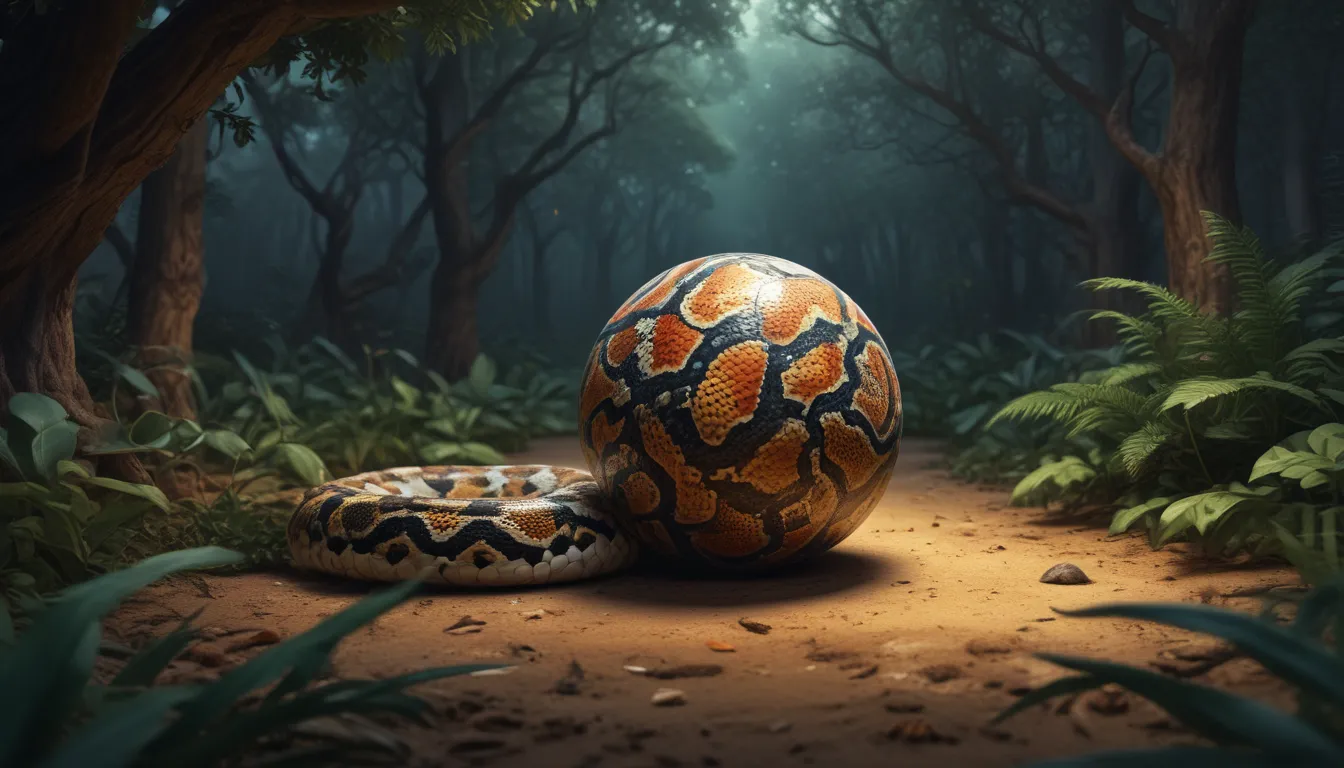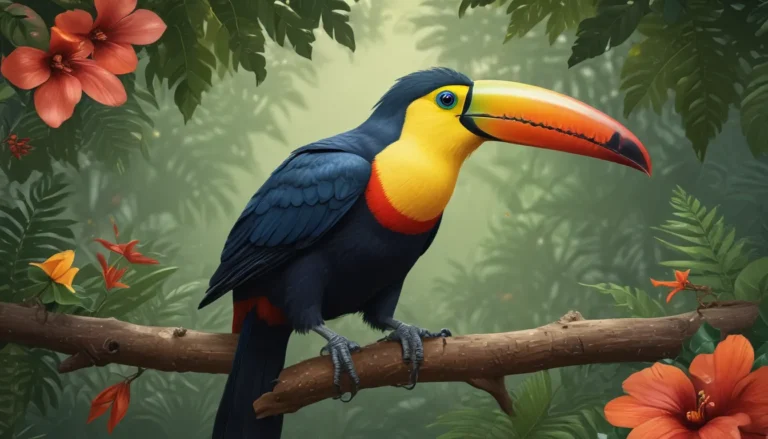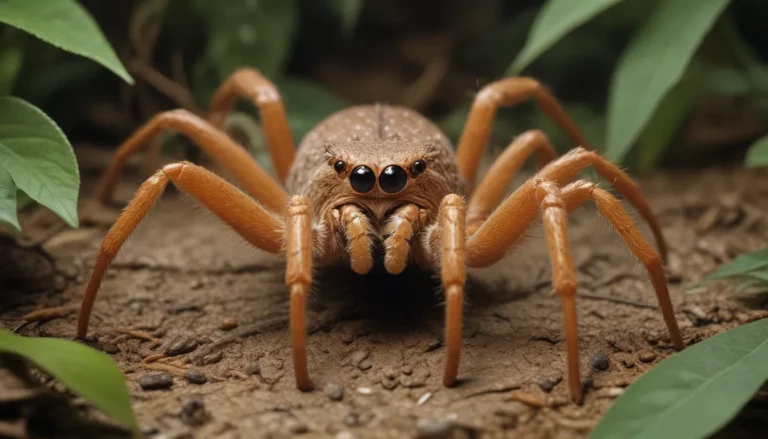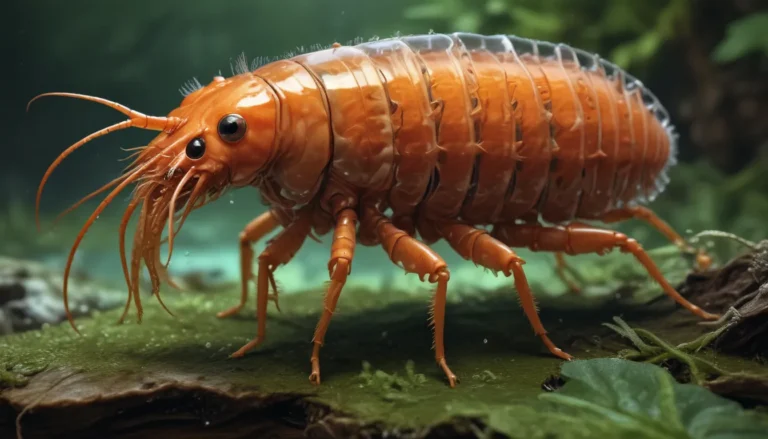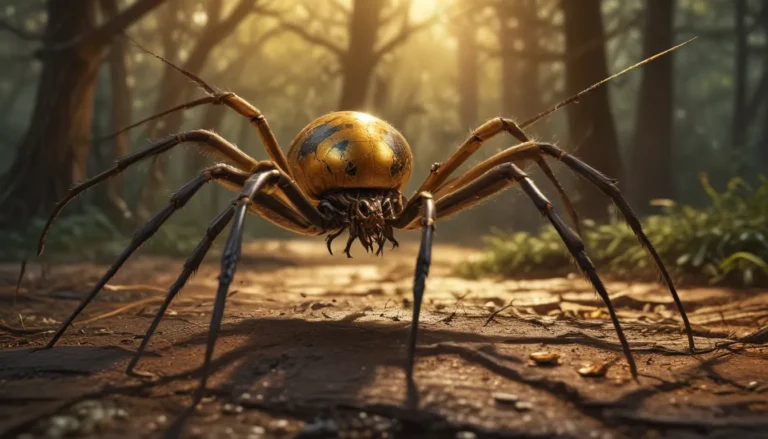The pictures we use in our articles might not show exactly what the words say. We choose these pictures to make you interested in reading more. The pictures work together with the words but don’t take their place. The words still tell you the important facts.
Are you intrigued by the captivating beauty of ball pythons? These remarkable creatures are more than just pets; they are living works of art with their unique color patterns and morphs. With around 6,500 morphs currently recognized, the world of ball pythons continues to expand as dedicated breeders strive to unveil the rarest and most exceptional variations. However, despite their undeniable allure, ball pythons face multiple threats from human activities, including hunting for their skin and meat, as well as trafficking for the pet trade. While they are not yet considered endangered, these gentle creatures are often subjected to abuse, highlighting the importance of raising awareness about their conservation.
Unveiling the Enchanting Ball Python Facts
1. The Royal Pythons
- Ball pythons are also known as Royal Pythons, reflecting their majestic and regal appearance.
2. Native Habitat
- Originating from West and Central Africa, ball pythons inhabit grasslands, shrublands, and open forests in these regions.
3. Conservation Status
- Classified as Least Concern on the IUCN Red List, ball pythons enjoy a wide distribution but face threats from hunting and the pet trade.
4. Unique Traits
- The name "ball python" stems from their tendency to curl into a ball when stressed or frightened.
- They are the smallest of the African pythons, reaching a maximum length of 182 cm (72 in).
Exploring the Captivating Ball Python World
Delve deeper into the realm of ball pythons with these intriguing observations:
1. Scientific Origins: In 1802, George Shaw proposed the scientific name "Boa regia" for a pale variegated python, while François Marie Daudin introduced the generic name "Python" in 1803 for non-venomous flecked snakes.
-
Distinct Appearance: Ball pythons exhibit a striking black or dark brown coloration with light brown blotches on their backs and sides, accentuated by a white or cream belly scattered with black markings.
-
Life Cycle Insights: The offspring of ball pythons are referred to as hatchlings, showcasing more vibrant and colorful skin patterns during their early stages.
-
Size and Gender Differences: Females of the species are typically larger than males, with females capable of laying up to 11 eggs in a single clutch.
-
Survival Strategy: Ball pythons employ a unique defense mechanism of coiling into a tight ball when threatened, reflecting their adaptability and survival instincts.
Embracing the World of Ball Pythons
Did you know that a female ball python can lay up to 11 eggs in one go? Or that these mesmerizing creatures can live up to 45 years in captivity? With their diverse morphs, gentle demeanor, and intriguing behaviors, ball pythons offer a fascinating glimpse into the wonders of the natural world.
At our core, we strive to deliver reliable and engaging content that enriches your knowledge and fosters a deeper appreciation for the extraordinary creatures that share our planet. Each fact featured on our platform is contributed by individuals like you, ensuring a diverse range of perspectives and insights. Our dedicated editors meticulously review every submission to uphold the highest standards of accuracy and authenticity, guaranteeing that the information we provide is not only captivating but also trustworthy. Join us on a journey of discovery and learning as we unravel the mysteries of the world's most extraordinary species, including the enchanting ball pythons.
